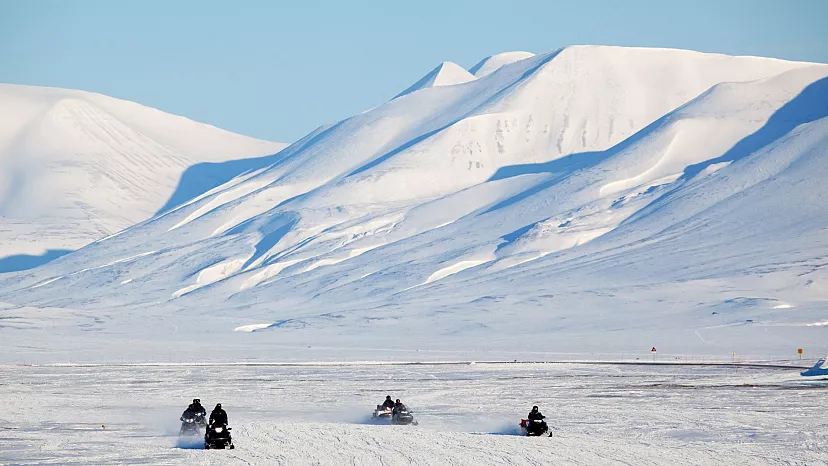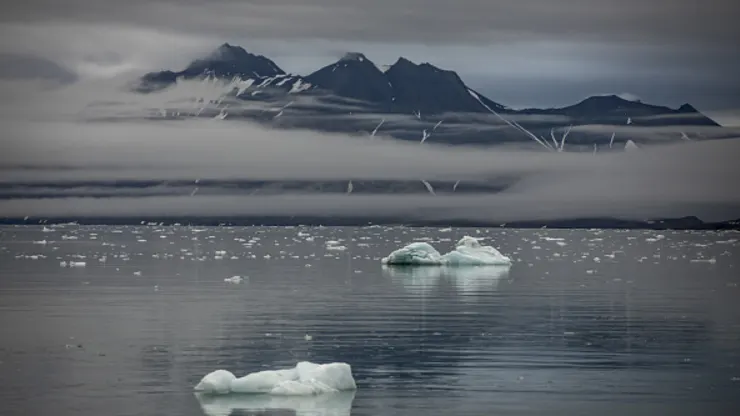Changing ice conditions, due to climate change, is reshaping potential Arctic shipping routes.

The progressive melting of ice-caps is now considered irreversible. This has made new maritime routes, such as the Northwest Passage (NWP) and the Northern Sea Route (NSR), increasingly viable. Increased Houthi attacks on commercial vessels in the Red Sea has also significantly heightened the risk of using the Suez Canal. Many shipping companies have lost cargo, and increased insurance prices have limited trade through this vital passage. Russia’s position on the globe has given it a strategic advantage for use of these Arctic routes. And, China has benefited via its ‘no limits’ partnership with Russia. With over 80% of world merchandise trade conducted by sea, Western states are also increasingly looking at the future use of Arctic shipping routes.
Key Judgment 1. There is a realistic possibility that Arctic shipping routes will be widely used as early as 2040.
Key Judgment 2. A blurring distinction between commercial and military activities in the Arctic region is highly likely to increase geopolitical tensions between the West, Russia and China.
Key Judgment 3. With Russia’s strategic advantage and dominance over Arctic shipping routes, it is likely that significant use by other states will be slow and difficult to initiate.






A situational assessment of Arctic shipping routes reveals significant geopolitical implications that require careful navigation.
The potential for increased shipping traffic in the Arctic highlights the need for robust regulatory frameworks to ensure safe navigation and environmental protection.
The opening of Arctic shipping routes presents a unique opportunity for professionals in the maritime industry. As we assess the implications, it’s crucial to consider how this will reshape global trade dynamics and create new career pathways in logistics and environmental management.
The assessment of Arctic shipping routes underscores an important shift in global logistics. For individuals looking to advance their careers, now is the time to engage with emerging technologies and sustainability practices that will define this frontier.
The recent assessment of Arctic shipping routes underscores the significant geopolitical and environmental implications associated with increased maritime activity in this fragile region. It is imperative that stakeholders engage in comprehensive dialogue to address the multifaceted challenges posed by this development.
This is such an interesting topic! It’s amazing how climate change is reshaping shipping routes in the Arctic. Can’t wait to see how this impacts global trade!